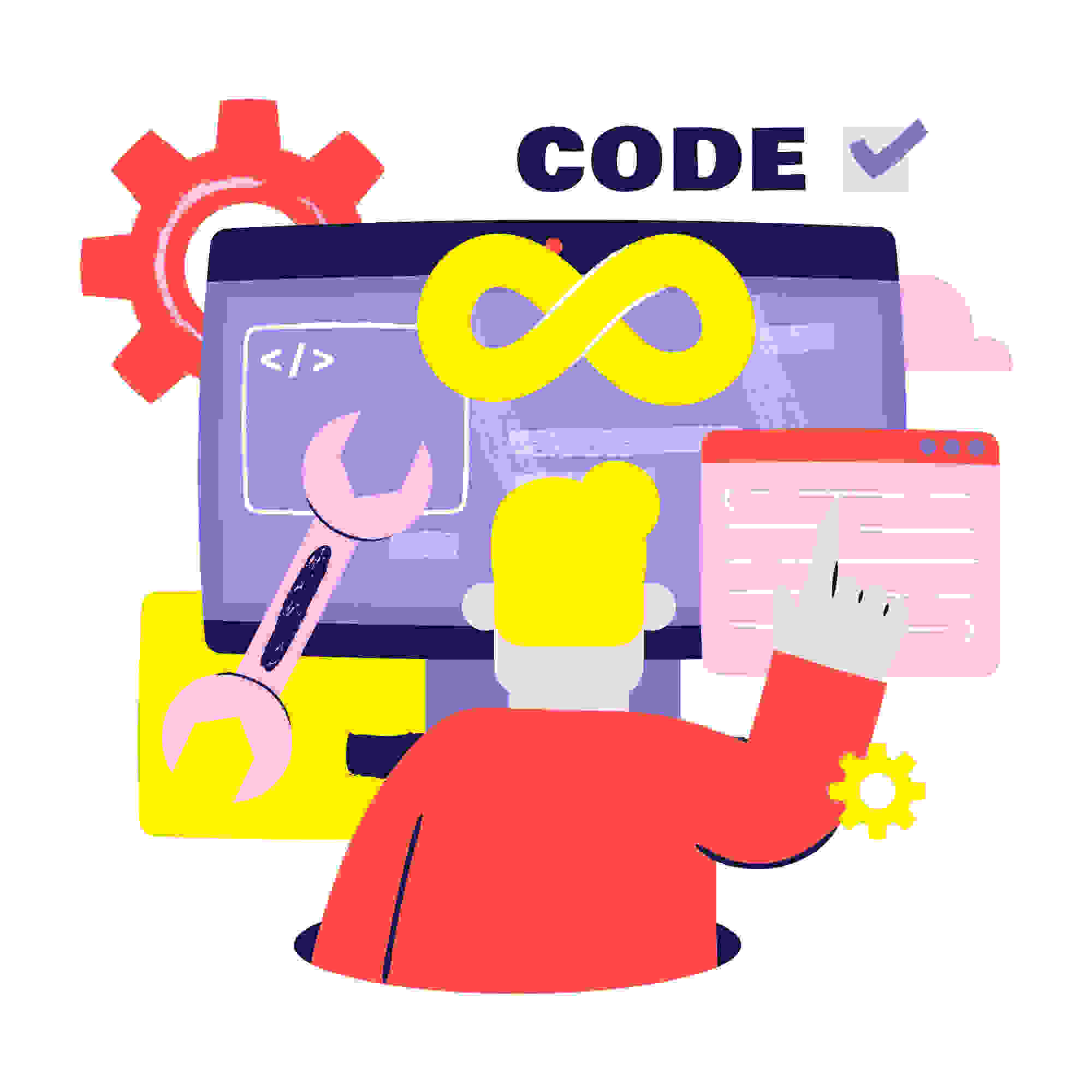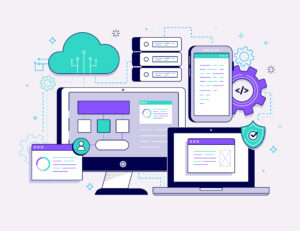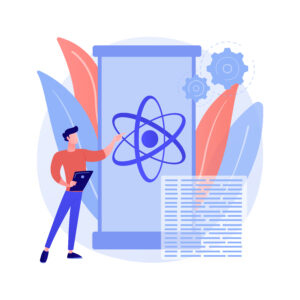In an era where speed and efficiency are paramount, the world of software development has witnessed a significant transformation. Low-code and no-code development platforms have emerged as the catalysts for change, revolutionizing the way we create software solutions. These platforms offer a spectrum of advantages that not only expedite the application development process but also democratize it, enabling a broader range of individuals to participate in the software creation journey. This article delves into the nuances of low-code and no-code, exploring their differences, the rise of AI within these platforms, their objectives, and the current trends that are reshaping the software development landscape.
Low-Code vs. No-Code: Striking a Balance
The debate over whether low-code is superior to no-code, or vice versa, is a common one in the realm of application development. It’s essential to comprehend the strengths and limitations of each approach.
Low-code platforms, as the name suggests, provide a solution that is midway between traditional coding and no-code. These platforms empower developers with a range of pre-built components and templates, streamlining the development process. With low code, developers can focus on more intricate coding tasks, making it suitable for projects requiring highly customized and complex solutions. This approach is characterized by a higher degree of flexibility and allows developers to dig into the codebase when needed, thus providing the best of both worlds – efficiency and control.
No-code platforms, on the other hand, are designed for non-developers and business analysts. They aim to simplify the application development process even further. These platforms offer a highly user-friendly and intuitive interface, which enables non-technical users to create functional applications with ease. The focus here is on simplicity and speed. While no-code platforms may not offer the same level of customization as low-code, they are a game-changer for quick prototyping, iterative development, and agile problem-solving.
The choice between low-code and no-code depends on several factors, including the project’s complexity, the expertise of the team, and the balance between customization and the speed of development. It’s not a matter of which is better; rather, it’s about finding the right fit for the specific requirements of the project.
Low-Code and No-Code AI: Bridging the Gap
As the demand for artificial intelligence (AI) integration into applications continues to grow, low-code and no-code AI platforms have entered the scene, further reshaping the development landscape.
Low-code AI platforms empower developers with tools and capabilities to seamlessly integrate AI and machine learning into their applications. These platforms bridge the gap between traditional development and AI integration by simplifying the coding process. Developers can leverage pre-built AI components and libraries, reducing the complexities associated with AI development. This approach brings AI within the reach of developers, enabling them to harness its power without being AI specialists.
No-code AI platforms take this a step further. They are designed for non-technical users who wish to incorporate AI functionalities into their applications without any coding. No-code AI platforms provide a collection of pre-built AI models and capabilities, making AI accessible to a broader audience. Business analysts and citizen developers can now harness the potential of AI without needing to delve into the intricacies of coding.
The objectives of low-code and no-code AI platforms are clear: to democratize AI, making it more accessible and usable by a wide range of professionals, regardless of their technical backgrounds. These platforms aim to unlock the full potential of AI within applications while minimizing the traditional barriers associated with AI development.
The Objective of Low-Code and No-Code Development
The primary objective of low-code and no-code development is to accelerate the application development process. These platforms aim to streamline the creation of software solutions, reducing the reliance on traditional, time-consuming coding practices. Let’s delve into their key objectives:
- Efficiency and Speed: Both low-code and no-code platforms prioritize efficiency and speed. They enable rapid prototyping, faster iterations, and swift deployment, which are essential in a rapidly evolving business environment.
- Democratization: One of the core objectives of these platforms is to democratize application development. By offering user-friendly interfaces, they empower individuals who may not have a deep technical background to participate in software creation.
- Cost Reduction: Low-code and no-code platforms can significantly reduce development costs. They minimize the need for extensive coding and development resources, making software development more cost-effective.
- Empowering Business Units: These platforms enable business units to take more control of their software needs. They can create and modify applications as per their specific requirements without waiting for IT departments to prioritize their projects.
- Agility: In a rapidly changing world, agility is key. Low-code and no-code platforms facilitate agile development, allowing organizations to pivot quickly and respond to market changes and customer demands.
The Ever-Evolving Trends in Low-Code and No-Code Development
The trend in low-code and no-code development is one of substantial growth and innovation. Organizations are increasingly embracing these platforms for various reasons:
- Integration Ecosystems: Low-code and no-code platforms are continually expanding their ecosystems to include a wide range of integrations. This enables organizations to seamlessly connect with other tools and systems, enhancing the overall functionality of their applications.
- AI-Driven Features: The incorporation of artificial intelligence within these platforms is a notable trend. AI-driven features, such as automated suggestions, predictive analytics, and natural language processing, are enhancing the capabilities of low-code and no-code platforms.
- Community Building: An ever-growing community of developers and users is forming around these platforms. This community shares knowledge, best practices, and solutions, contributing to the continuous improvement of low-code and no-code development.
- Industry Adoption: Various industries, including healthcare, finance, and manufacturing, are adopting low-code and no-code solutions. These platforms offer tailored solutions for industry-specific challenges, further driving their adoption.
In conclusion, low-code and no-code development platforms have redefined the way software is created. The choice between them depends on the specific project requirements and the expertise of the development team. Moreover, the integration of AI within these platforms is breaking new ground, democratizing the use of AI in software development. Their objectives of efficiency, democratization, cost reduction, empowerment, and agility are transforming the way businesses create applications. The trend in low-code and no-code development is marked by an expanding ecosystem, AI-driven features, community growth, and increasing industry adoption. These platforms are not just tools; they are shaping the future of software development, providing a faster, more accessible, and innovative approach to application creation.








